
A great Author, Professor and Geographer
- Celia Nyamweru (Professor Emerita, Ph.D. Cambridge) is a former Academic Dean at Kenyatta University in Kenya, where she worked for 19 years. She has an international reputation for her work in physical geography.
- She has also taught a range of courses dealing with women in East Africa and the Third World, development issues, and indigenous perceptions of the environment.
- Her research interests have included the ten thousand year old Lake Nakuru, the active volcano Oldoinyo Lengai, the making of bark cloth in Uganda, the sacred kaya forests of coastal Kenya, and the Mijikenda heroine Mekatilili.
- She became a Kenya citizen in 1972 and was married under Kikuyu customary law in 1977. She is the proud mother of two daughters and three stepsons, and the ‘cucu’ of nine grandchildren. She hopes that this book will encourage young Kenyans to take more interest in their own culture, since ‘mwacha mila ni mtumwa.’
- Some of her books include Some Traditions of the Akamba of Kenya and Rifts and Volcanoes. She has also co-edited books such as African Sacred Groves and Barkcloth in Uganda: The modern day importance of an indigenous craft.
- Celia has also contributed chapters in a couple of books which include:
1. Ecofeminism and GlobalizationWomen and sacred groves in coastal Kenya; a contribution to the ecofeminist debate
2. Global MulticulturalismLetting the side down; personal reflections on colonial and independent Kenya, pages 169-192
3. Symbols of indigenous identity: the Ndata leadership staffs of Kaya elders in Kilifi District, Kenya. (with A. Tengeza).(Chapter 11
4. Identity politics and culture in coastal Kenya:Chapter 12
5. Conservation or development? A case study of Lake Victoria basin.Chapter 3
- Her current work involves social and cultural issues surrounding the kaya (sacred) forests of the Kenya Coast. In fall 2002 and spring 2003 she directed the Kenya Semester Program of St. Lawrence University, Canton NY. Some of her books together with a short description are listed below:
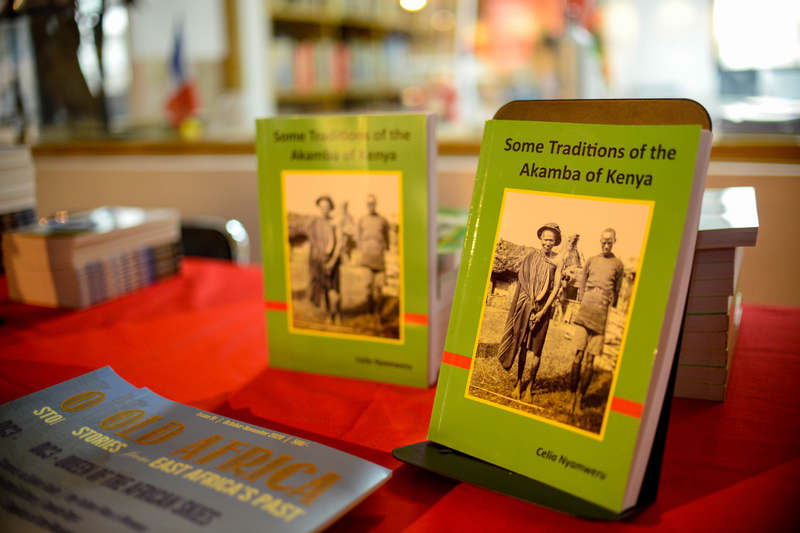
Some Traditions of the Akamba of Kenya
Written to appeal to a wide audience, this book presents both a historical and an updated picture of some important elements of Kamba culture that have been described as ‘supernatural’ or even ‘witchcraft.’ These are traditional practices and beliefs that some people know little about, while others consider them to be evil. However, for many Akamba, both in towns and in the rural areas, these beliefs are part of the reality of modern life.
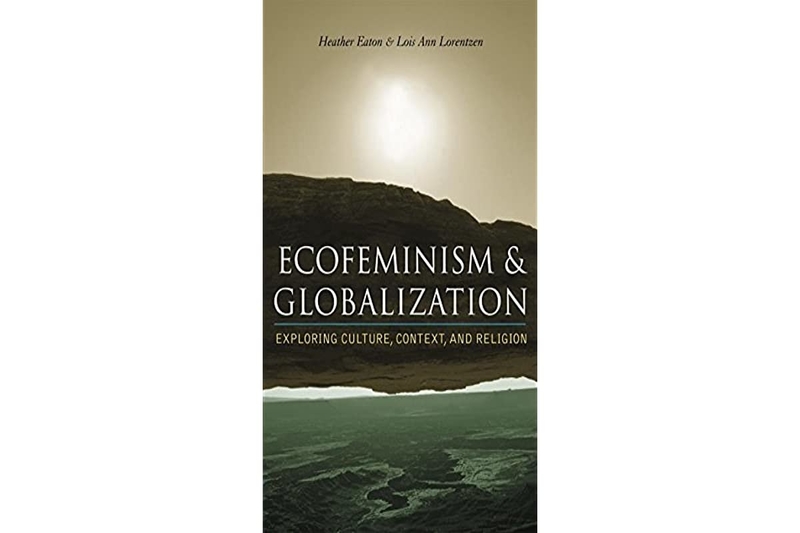
Ecofeminism and Globalization
This is a co-edited book. It discusses ecofeminism in the context of the social, political and ecological consequences of globalization. The book includes case studies, essays, theoretical works, and articles on ecofeminist movements from many of the world''s regions including Taiwan, Mexico, Kenya, Chile, India, Brazil, Canada, England and the United States.
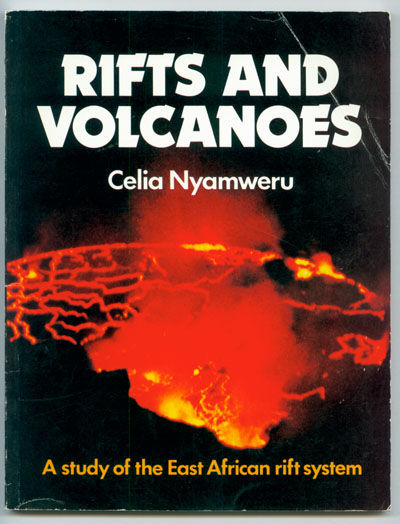
Rifts and Volcanoes : A study of the East African Rift System
This book makes a comprehensive study of that fascinating part of East Africa known as the rift system. It will be of use to 'O' and 'A' level students, as well as to the general reader seeking information on the area. Some of the things it provides are:
- Clear, detailed descriptions of the major geological features of the rift system, faulting and volcanic activity
- Sections on how man is affected by the geology of the area
- As chapter on the East African rift system as a world geological feature the theory of plate tectonics
- Numerous maps, diagrams and photographs to illustrate the processes
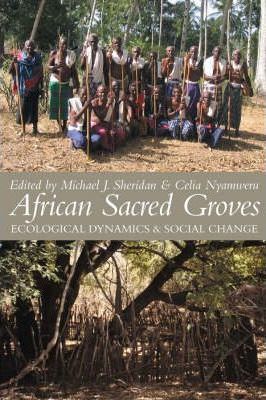
African Sacred Groves: Ecological Dynamics and Social Change
In western scholarship, Africa’s so-called sacred forests are often treated as the remains of primeval forests, ethnographic curiosities, or cultural relics from a static precolonial past. Their continuing importance in African societies, however, shows that this “relic theory” is inadequate for understanding current social and ecological dynamics.
African Sacred Groves challenges dominant views of these landscape features by redefining the subject matter beyond the compelling yet uninformative term “sacred.” The term “ethnoforests” incorporates the environmental, social-political, and symbolic aspects of these forests without giving undue primacy to their religious values.
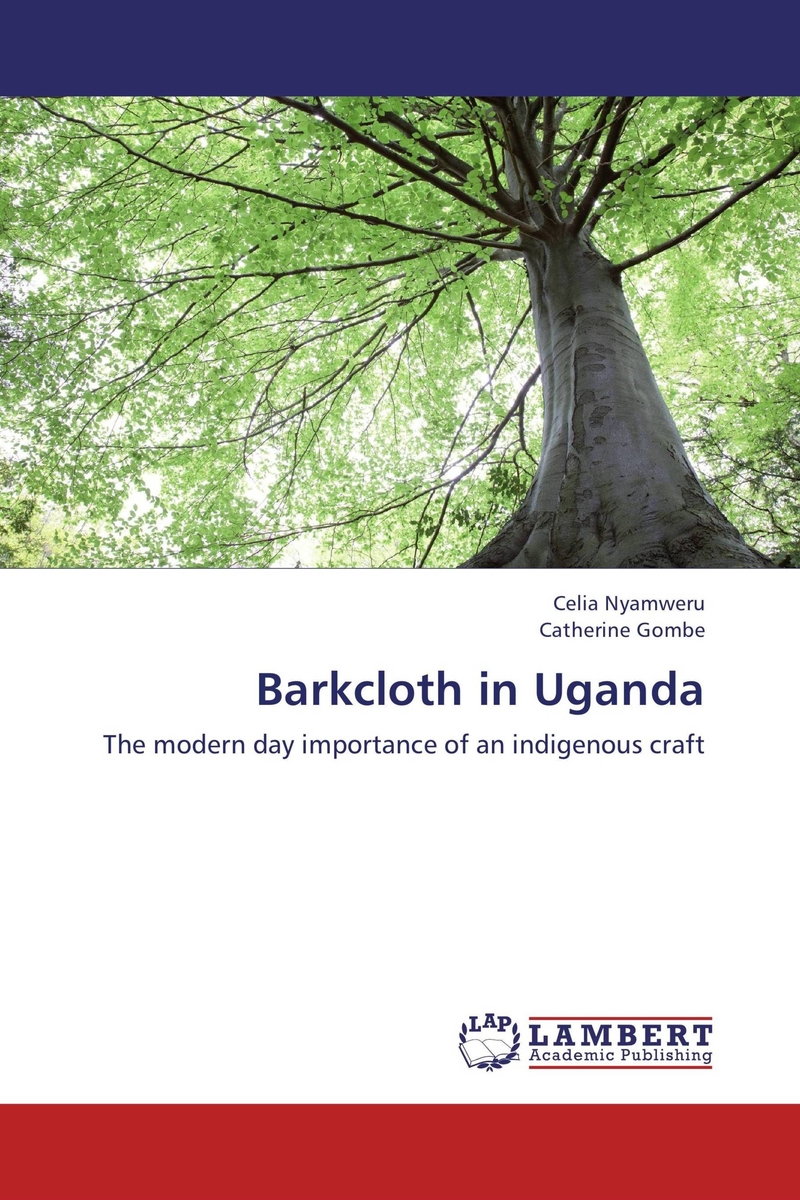
Barkcloth in Uganda: The modern day importance of an indigenous craft
The Baganda people of southern Uganda have been making cloth from tree bark for several centuries. Until the mid nineteenth century barkcloth was made in almost every Baganda homestead and had a wide variety of uses, ranging from the practical to the ritual and ceremonial. Political and economic events since then have brought about profound social and cultural changes, with resulting impacts on the role of barkcloth in Baganda society.
While many of its more practical functions have been taken over by imported or artificial materials, its ceremonial role has survived, and new uses have multiplied. Barkcloth is now used to make artistic creations and craft pieces that are sold far beyond the borders of Uganda. In this book we describe the way in which raw tree bark is converted into the finished cloth. We look at the process, the product and the people involved in this industry. We describe the artists and craftspeople who make barkcloth items such as table mats, purses, wall hangings, lamp shades and articles of clothing.
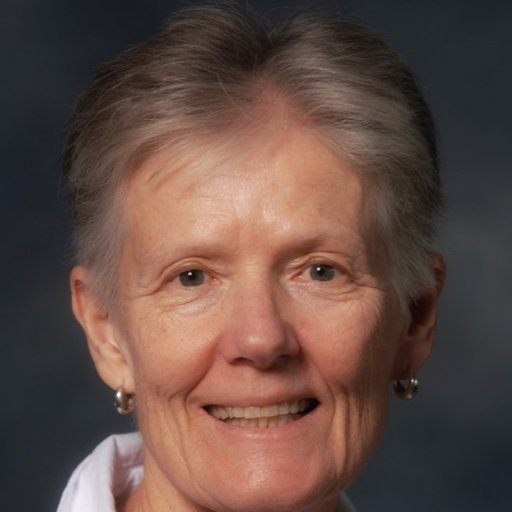
Celia Nyamweru
SocialsGet me on my socials to learn more about me and my previous works. Just hover on my photo to get the links or find them below.
 Celia Nyamweru
Celia Nyamweru